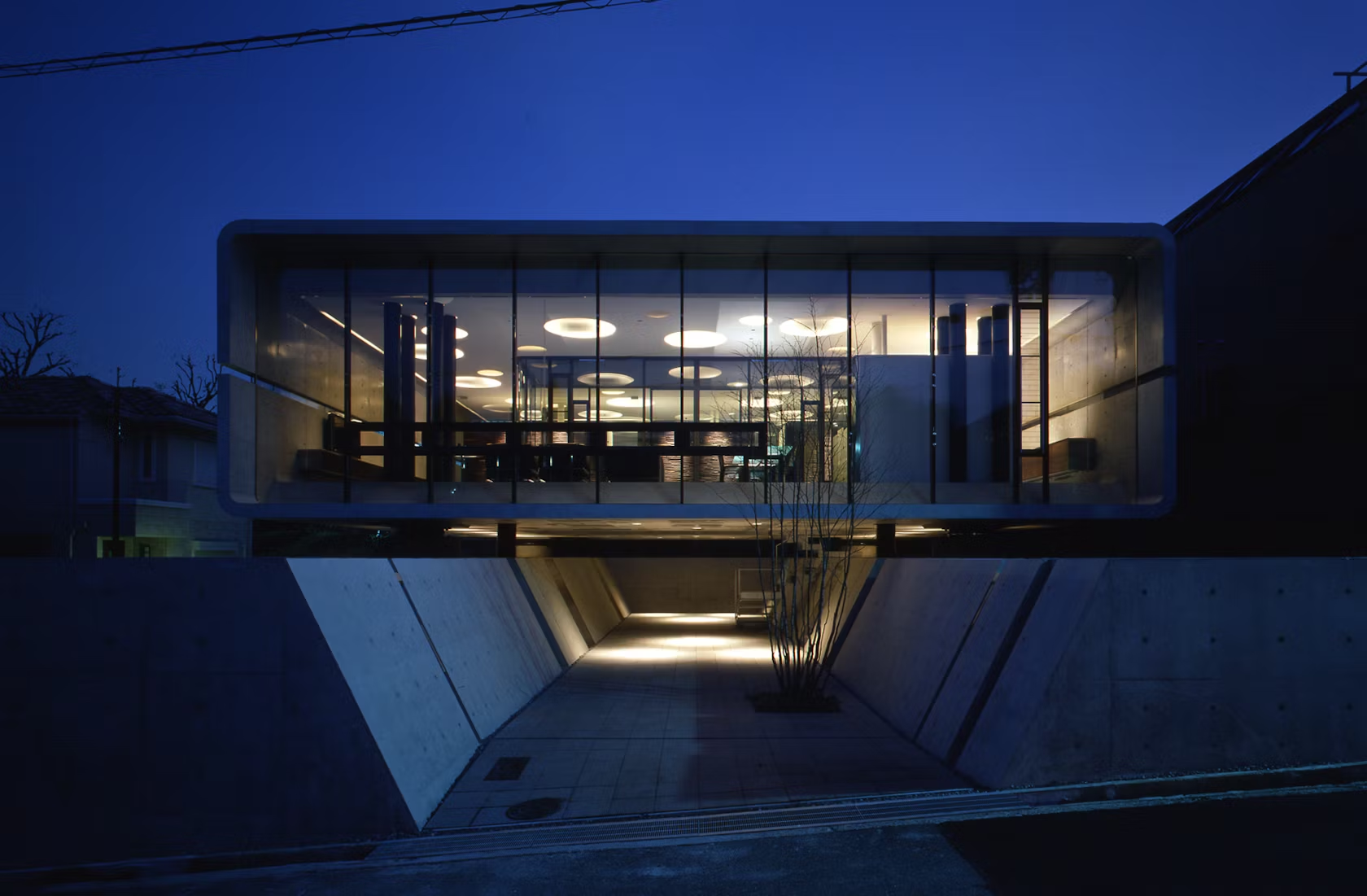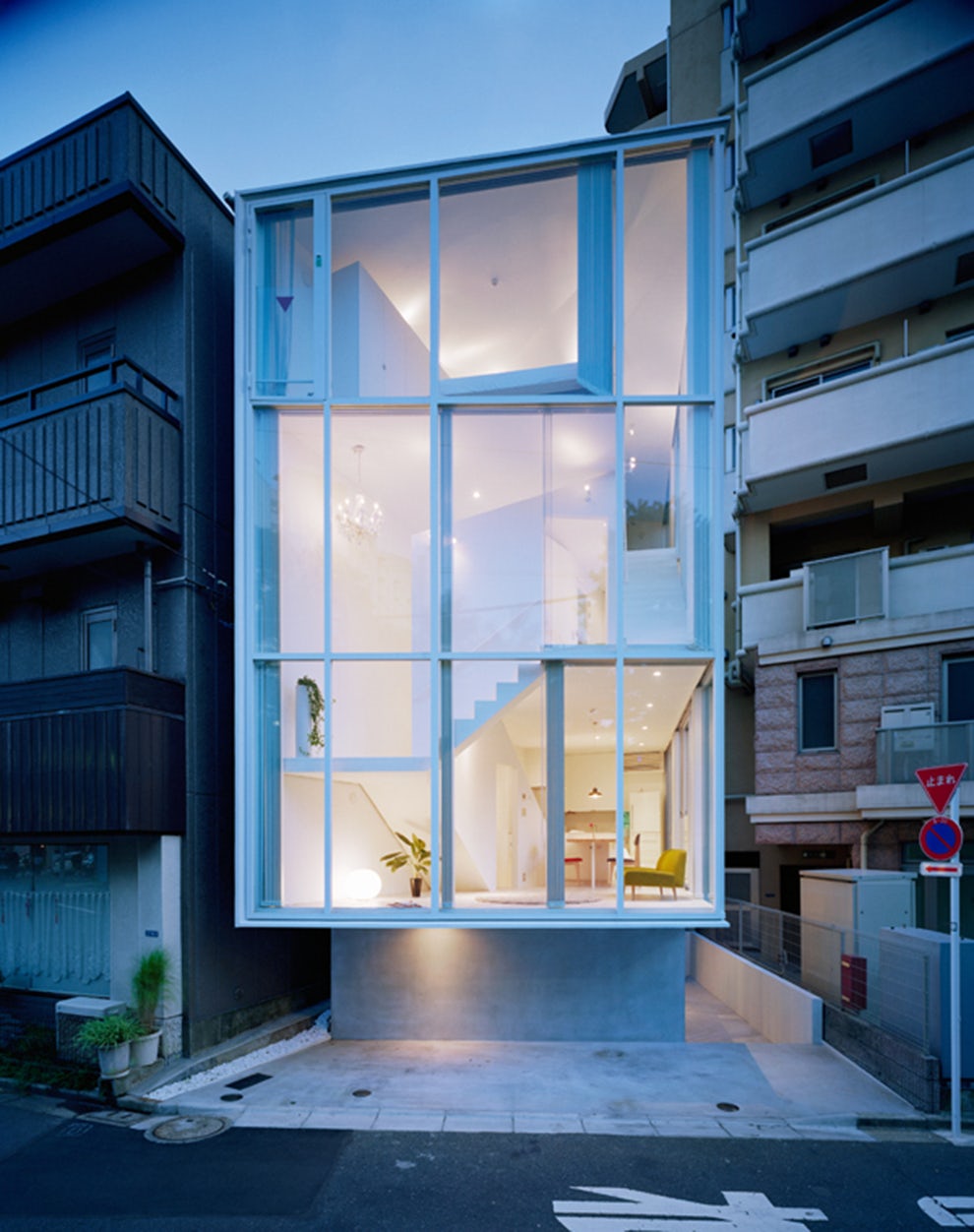Japan has a long, arduous history with earthquakes. Geographically, the country is located near major tectonic plate boundaries situated on the Pacific Ring of Fire. Ergo, seismic activity is a natural consequence of the region. In response, the country has since adapted, bracing for disaster with good design.
As the story goes, new methods of construction and building regulations were established in 1971 and then revised again in 1980. Described in an account of the 1995 Great Hanshin earthquake, students and teachers at the Kobe Institute — a Japanese outpost of St Catherine’s College in Oxford — looked down from the hillside surrounding the wreckage of the seaside city below. Aside from a few buildings in Kobe, the 1990s campus was one in a handful left standing.
As it transpired, the structures that were able to withstand the tremors (to note, they only lasted for approximately 20 seconds) were new buildings constructed as part of a major land reclamation project on Port Island in the eighties. These include the Post Opia Hotel, among others designed by architects like Tadao Ando and Frank Gehry. There, many new buildings were constructed under the strict building codes that were enforced nearly a decade before.
Nearly half a century later, the same precedent stands. This collection highlights earthquake-resistant buildings in Japan. Built to last, these projects demonstrate how architecture can adapt to withstand unpredictable natural disasters.

© HIBINOSEKKEI+Youji no Shiro

© HIBINOSEKKEI+Youji no Shiro

© HIBINOSEKKEI+Youji no Shiro
KD Kindergarten by HIBINOSEKKEI+Youji no Shiro, Fujinomiya, Japan
Nestled in between vast mountains and gurgling rivers, KD Kindergarten was designed to connect classrooms with surrounding nature. Standing strongly earthquake-resistant, the building utilizes the natural landscape circumscribing it: floor-to-ceiling windows provide optimal lighting during the day, warmth during the depths of winter, and (when opened) a cool breeze during the dog days of summer.

© Yuji Tanabe Architects

© Yuji Tanabe Architects

© Yuji Tanabe Architects
armadillo by Yuji Tanabe Architects, Kamakura, Japan
Located in a narrow valley surrounded by three mountains, this low-cost annex was prefabricated offsite in accordance with present-day earthquake standards as a weekend house. The diamond shape was conceived by constrictions of its location: the existing house, a persimmon tree, and the property line delineated by a retaining wall.

© HIBINOSEKKEI+Youji no Shiro

© HIBINOSEKKEI+Youji no Shiro

© HIBINOSEKKEI+Youji no Shiro
SP Nursery by HIBINOSEKKEI+Youji no Shiro, Fukushima Prefecture, Japan
Reconstructed on the site of a nursery building that was destroyed by the Great East Japan Earthquake that occurred in 2011, this project enables children to play both indoors and outdoors while safely avoiding radiation. Answering to the problem of decreasing children’s physical fitness, the scheme was designed with a long and wide corridor installed with sand pits, accompanied by an indoor pool.

© Noriyosha Morimura Architects

© Noriyosha Morimura Architects

© Noriyosha Morimura Architects
Television House by Noriyosha Morimura Architects, Osaka Prefecture, Japan
The design of this earthquake-absorbing unit incorporated seismic isolation. Resting on structural beams that become the ground floor foundation and underground parking garage, this residence is entered from the street level, taking the stairs to arrive in a slightly elevated courtyard enclosed by a glass box.

© Tadashi Saito + Atelier NAVE

© Tadashi Saito + Atelier NAVE

© Tadashi Saito + Atelier NAVE
Zenkonyu × Tamping Earth (Work in the Setouchi Triennale 2013) by Tadashi Saito + Atelier NAVE, Marugame, Japan
In attempt to preserve techniques established by local craftsman, 17 public baths were constructed as supporting projects of the Great East Japan earthquake disaster called ‘Zenkonyu.’ Over 300 people collaborated to build this rammed-earth project, which mixes locally sourced bittern and slaked lime to improve structural strength.

© Wiel Arets Architects

© Wiel Arets Architects

© Wiel Arets Architects
A’ House by Wiel Arets Architects, Tokyo, Japan
Situated in a neighborhood characterized by narrow streets and traditional low-rise houses, this project consists of five horizontally divided spaces — each connected by a spiraling staircase that allows for lofty living space in seemingly tight quarters. Oversized windows punctuate the house creating a sort of kaleidoscopic flow of daylight.

© Hideaki Takayanagi Arch&Assoc

© Hideaki Takayanagi Arch&Assoc

© Hideaki Takayanagi Arch&Assoc
Life in Spiral by Hideaki Takayanagi Arch&Assoc, Tokyo, Japan
Intended as a twist on the traditional engawa “porch,” this project is constructed of spiral-shaped stairways that create shade and shadow inside and outside the house. Designed to be lightweight and supple to withstand quakes, each floor slabs and spirals are entirely made from steel plate.









